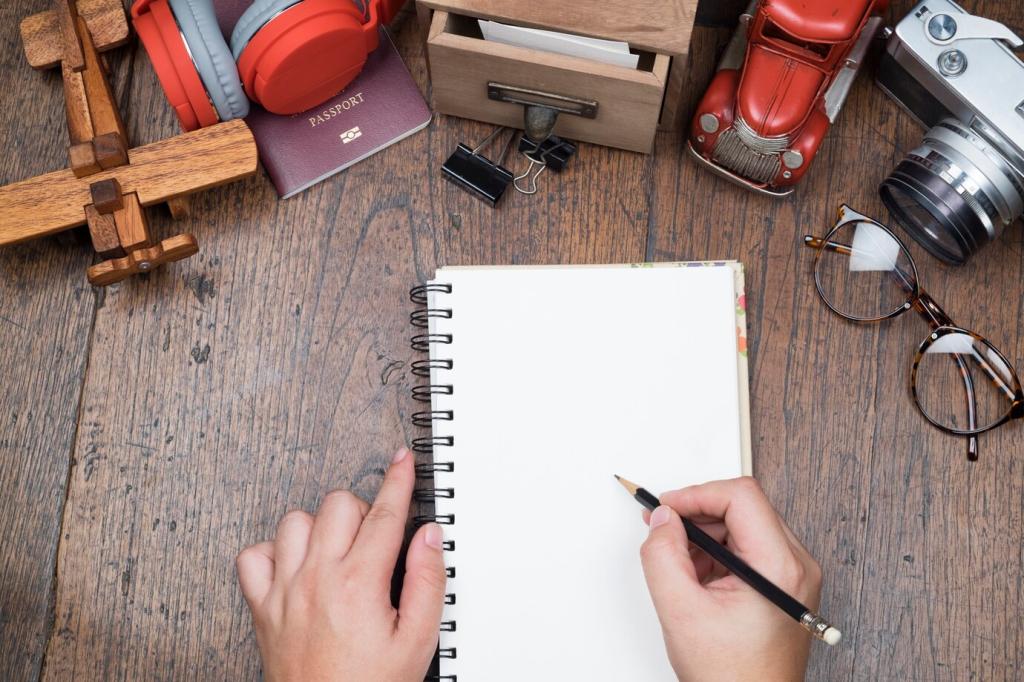The Journey of Recycled Art in Eco-Design
The fusion of recycled art and eco-design has fundamentally reshaped how we perceive waste, creativity, and sustainability. This journey chronicles a movement where discarded materials become the cornerstone of innovative design. By transforming often-overlooked objects into visually compelling and environmentally conscious creations, recycled art in eco-design is not only redefining aesthetics but also advocating for a greener future. This exploration delves deep into the origins, processes, community impact, and future of this powerful blend, shining light on how discarded matter can find renewed purpose through artistic ingenuity.
Origins of Recycled Art in Eco-Design

The upcycling mindset grew from necessity and inspiration, especially during times when resources were scarce. People found creative ways to repurpose everything from wood scraps to metal shards, breathing new life into what many considered useless. This shift in thinking eventually led to the understanding that waste itself could be a valuable artistic medium, sparking innovation across art and design disciplines. The upcycling philosophy remains at the core of recycled art, encouraging artists to experiment with forms, textures, and ideas that traditional materials might restrain.
Creative Processes and Techniques
The process begins with sourcing suitable materials, often from urban environments, waste centers, or even discarded household goods. Artists develop a keen eye for spotting potential amidst seemingly random debris. Carefully chosen objects undergo cleaning and preparation, ensuring they are safe and ready for their new form. This phase is both practical and poetic—the artist sees what others overlook, envisioning the hidden stories within each piece of salvaged material. The material itself often dictates the direction and narrative of the eventual artwork.
Recycled art challenges conventional techniques and demands innovation at every stage. Artists experiment with cutting, welding, binding, and assembling disparate objects into cohesive designs. Some incorporate traditional methods like weaving or sculpting, while others pioneer new processes tailored to unconventional materials. The transformation not only highlights technical mastery but also emphasizes the potential lying dormant in waste. This aspect of the creative process bridges the gap between utility and aesthetics, revealing how ingenuity can bring out unprecedented beauty in the ordinary.
A core element of recycled art in eco-design is the seamless merging of functionality and aesthetics. It’s not merely about repurposing materials but doing so with attention to form, usability, and visual appeal. Designers create furniture, installations, and everyday objects that are both attractive and practical, proving that style need not be sacrificed for sustainability. The melding of beauty and utility in these creations underscores the forward-thinking ethos of eco-design, inspiring a new standard for responsible consumption.

